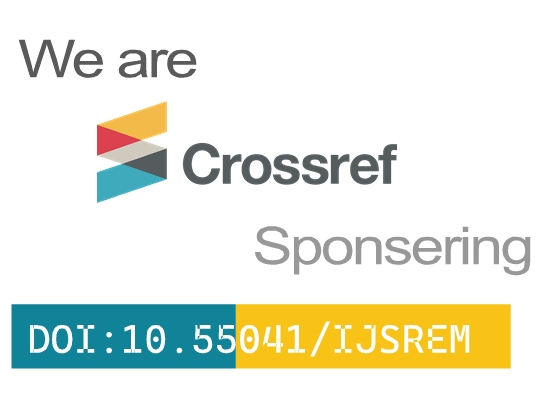Hand Gesture Recognition in Human-Computer Interaction: A Comparative Review of Sensor, Vision, and Deep Learning Approaches
Swapnil Dhagdi1, Om Bande2, Vighnesh Belkar3, Omprakash Bedage4, Prof. J. S. Pawar5
1 Department Of Information Technology, Sinhgad College of Engineering, Pune- 41
2 Department Of Information Technology, Sinhgad College of Engineering, Pune- 41
3 Department Of Information Technology, Sinhgad College of Engineering, Pune- 41
4 Department Of Information Technology, Sinhgad College of Engineering, Pune- 41
5 Department Of Information Technology, Sinhgad College of Engineering, Pune- 41
Abstract - Hand gesture recognition (HGR) has become a key area in human–computer interaction (HCI), enabling intuitive, contactless communication between humans and machines. This review paper analyzes recent advances in vision-based and deep learning approaches to HGR, focusing on seven representative studies published between 2017 and 2025. Traditional systems using OpenCV and MediaPipe frameworks demonstrate strong real-time performance but face limitations under varying lighting conditions and complex backgrounds. Deep learning methods, particularly convolutional and graph-based neural networks, show significant improvements in accuracy and generalization by modeling spatial–temporal dependencies of skeletal data. The review highlights that attention-based and multi-branch deep learning architectures, such as those proposed by Miah et al. [5], achieve recognition accuracies exceeding 95% on benchmark datasets, outperforming earlier models. Despite this progress, challenges remain in signer-independent learning, dataset diversity, and low-latency implementation for real-world applications. The paper concludes that future research should focus on lightweight hybrid architectures, multimodal sensor fusion, and adaptive learning techniques to improve robustness and scalability in everyday human–computer interaction systems.
Key Words: Hand Gesture Recognition, Human-Computer Interaction (HCI), Computer Vision, Deep Learning, Data Gloves, Skeleton-Based Recognition.







